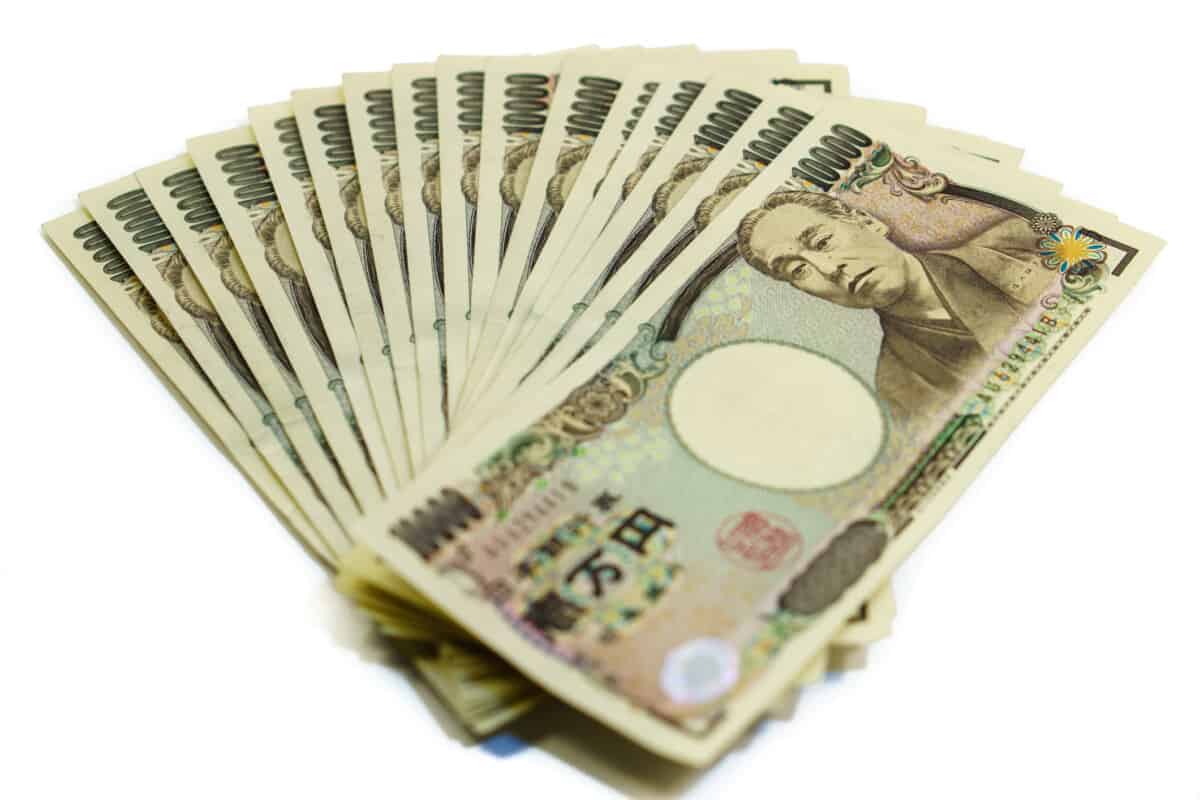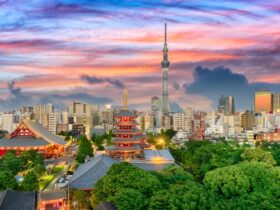Japan uses the currency Japanese Yen which comes in the form of both banknotes depicting important Japanese historical figures and coins.
When traveling to another country one of the first things that many people think about is the money and currency that the country uses. How much will you need to take? What is the exchange rate?
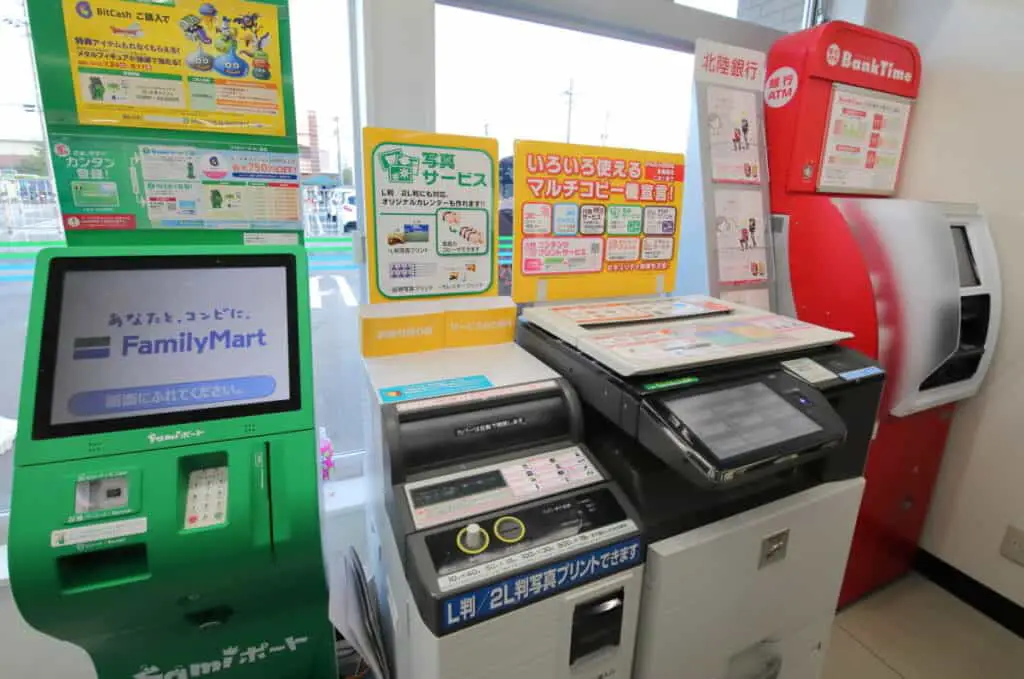
Should you carry cash or can you pay by debit or credit card? These are very important questions for travelers to ask themselves and knowing the answers can make all the difference between a comfortable versus a stressful trip.
In Japan, the currency used is the Japanese Yen which is denoted by the symbol ¥. Currency comes as both banknotes (paper currency) and coins, allowing people to carry as much or as little as needed. Currently, the Japanese yen is available in the following denominations:
1000 Yen banknote (front and back)
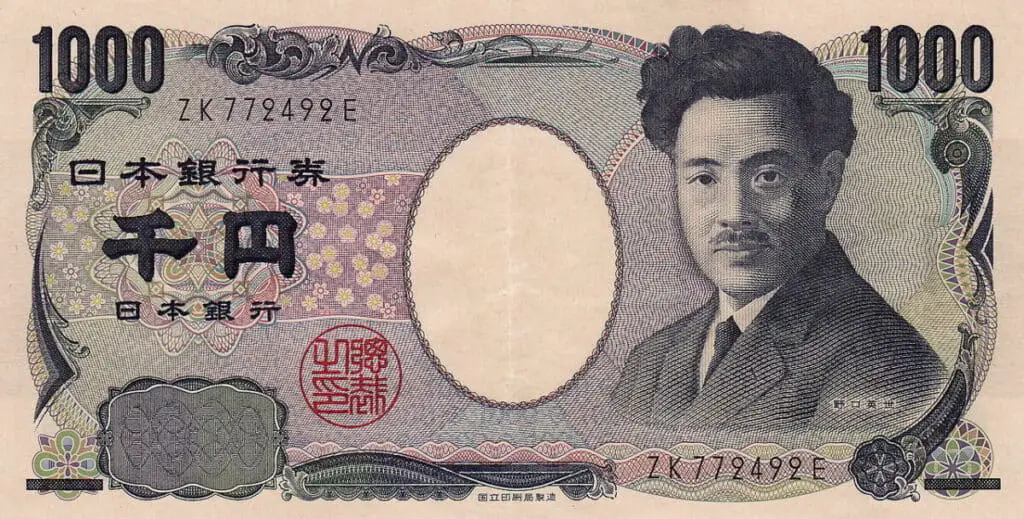
The 1000 yen banknote takes a more scientific image as its recognizable symbol – the bacteriologist Hideyo Noguchi.
1000 Japanese yen can buy you a cheaper lunch at a restaurant chain, for example, those that serve set lunches with rice, a main, and soup. Ramen lunches can also typically be purchased for around 1000 Japanese yen.
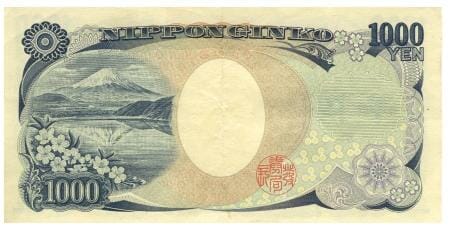
2000 yen banknote (front and back)
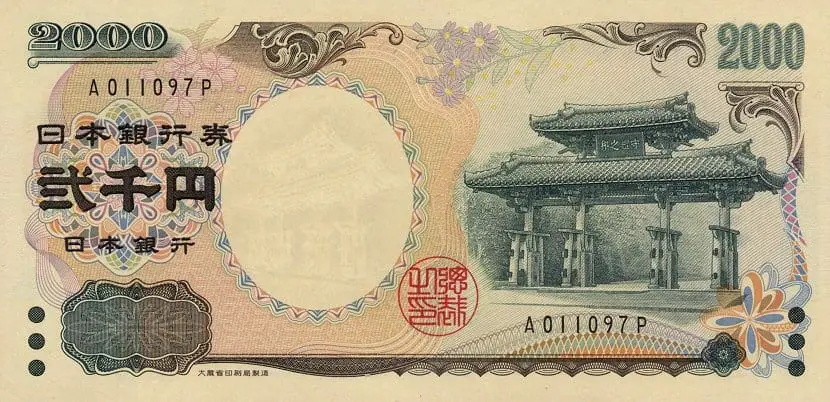
The 2000 yen banknote depicts one of Japan’s most famous literary works and its author. This work is “The Tales of Genji”. Despite the popular image printed on the front of the bill, the 2000 yen banknote is very uncommon to see in Japan and is not actually accepted by many machines.
For reference, 2000 yen can buy you a good lunch in Tokyo or can also be used to top up a travel card if you need to travel for over one hour by local train.
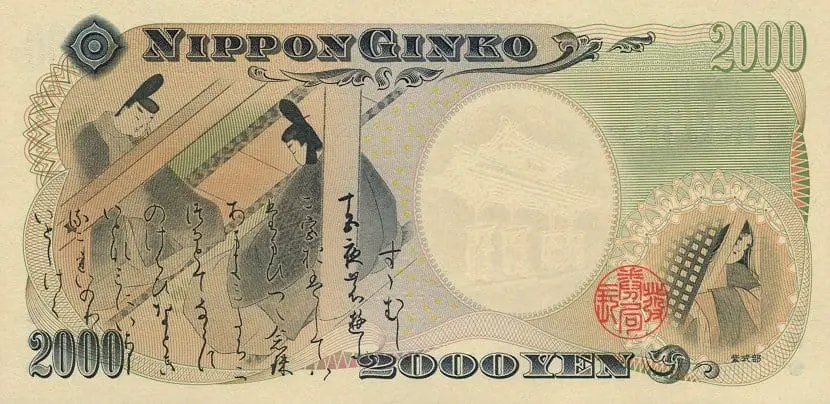
5000 yen banknote (front and back)
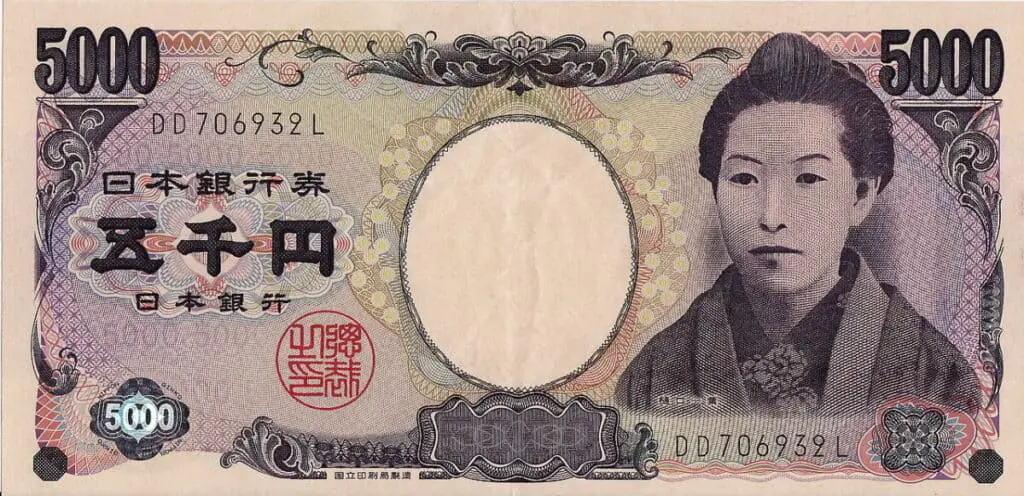
On the front of the 5000 yen banknote is a picture of Ichiyo Higuchi, Japan’s first major female author who wrote short stories and poems. The banknote can be recognized by its light purple shading.
To give you an idea of how much this sum of money covers a 5000 yen banknote can pay for a meal at a well-known restaurant. This includes meals at popular sit-down sushi or Japanese restaurants.
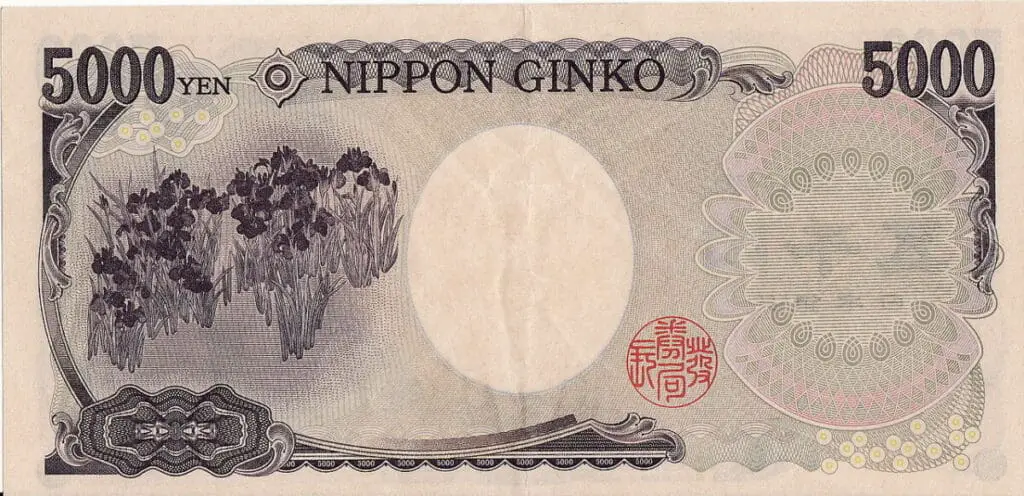
10,000 Yen banknote (front and back)
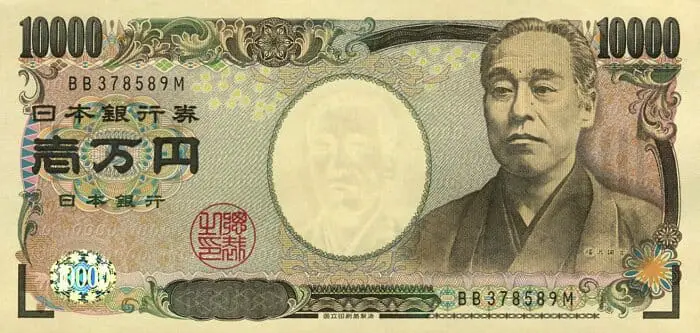
The 10,000 yen banknote can be recognized by the picture of the samurai Yukichi Fukuzawa printed on the front. Fukuzawa was not only a samurai but also a teacher and an intellectual who lived in Japan in the mid-1800s.
You can enjoy a full day out in Tokyo with just this banknote in your pocket and it can afford to buy you an averagely-priced lunch as well as a dinner, a trip to a museum, and even a spot of shopping.
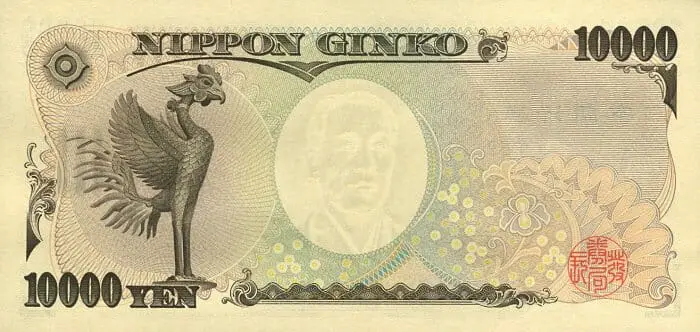
Although it is relatively easy to pay for many things using a credit or debit card in Japan, there are some establishments where you will still need to use cash. This can be for reasons such as tourist attractions, public transport, or even gachapon vending machines.
Current table of conversion rates to some of the most widely-used world currencies.
- 1 US dollar – 106 Japanese yen
- 1 British pound – 140 Japanese yen
- 1 Australian dollar – 77 Japanese yen
- 1 Euro – 126 Japanese yen
- 1 Chinese Yuan – 15.56 Japanese yen
- 100 Korean won – 8.94 Japanese yen
Where can I withdraw cash in Japan?
If you do find yourself in need of cash while in Japan there are several places that you can almost guarantee will have cash machines for you to withdraw money.
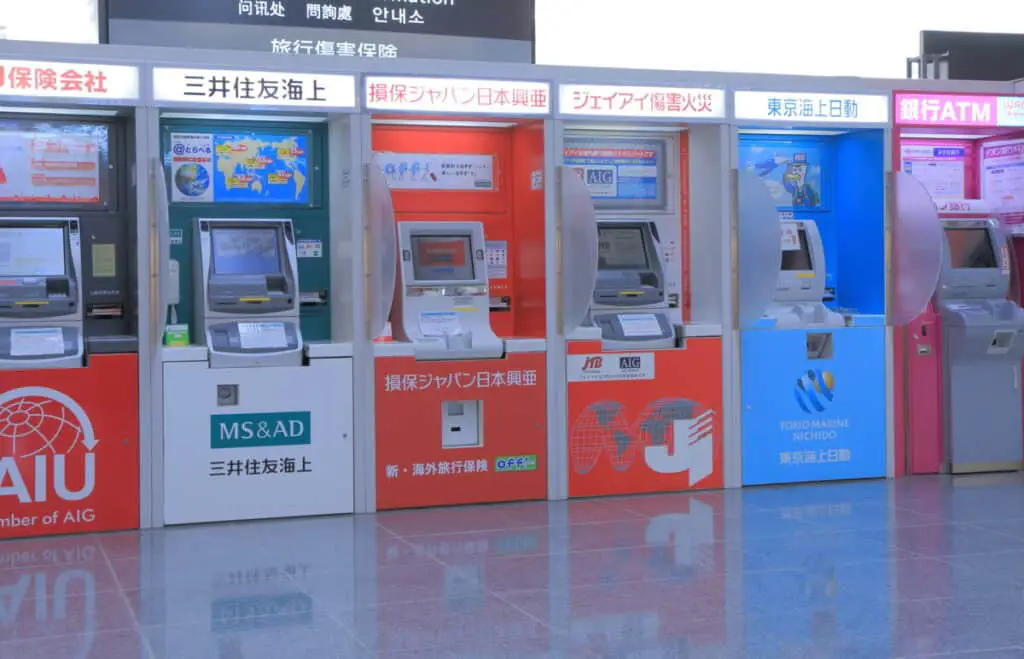
In most cases when you land in Japan you will be able to find ATM machines in the airport, these will typically let you withdraw Japanese yen from your foreign cards, but they may also charge you a premium fee for this.
Although most processing agents are compatible with foreign ATMs in Japan, it is ideal if your debit card has a Visa or MasterCard logo on the front.
ATM costs in Japan are often lower than those charged by most international banks: around 100 to 200 Yen for each withdrawal. The majority of banks have a maximum withdrawal limit of 50,000 Yen (about $500) per day.
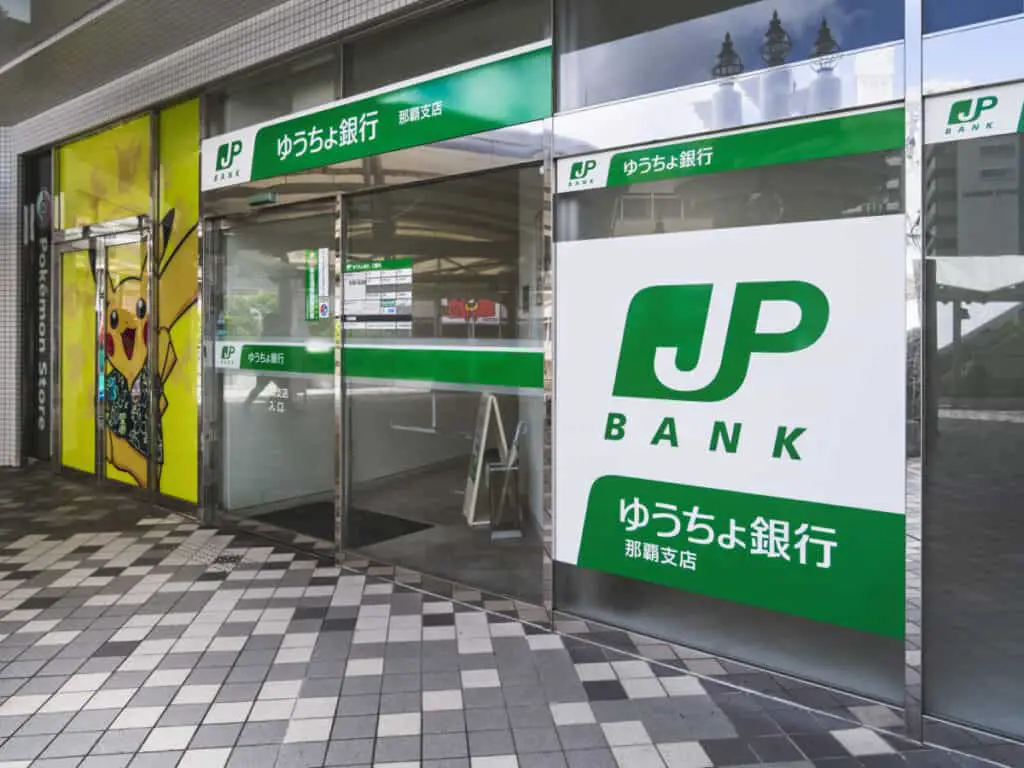
Note: Fees for withdrawal can increase during peak hours and also on weekends. Fees will also be more if you withdraw more than the maximum amount such as 100,000 yen from a Japan Post bank.
Another place that will typically have bank machines is the train station. In the JR East Japan train stations in greater Tokyo, there is a minimum of 10 bank machines and seven foreign currency exchange counters.
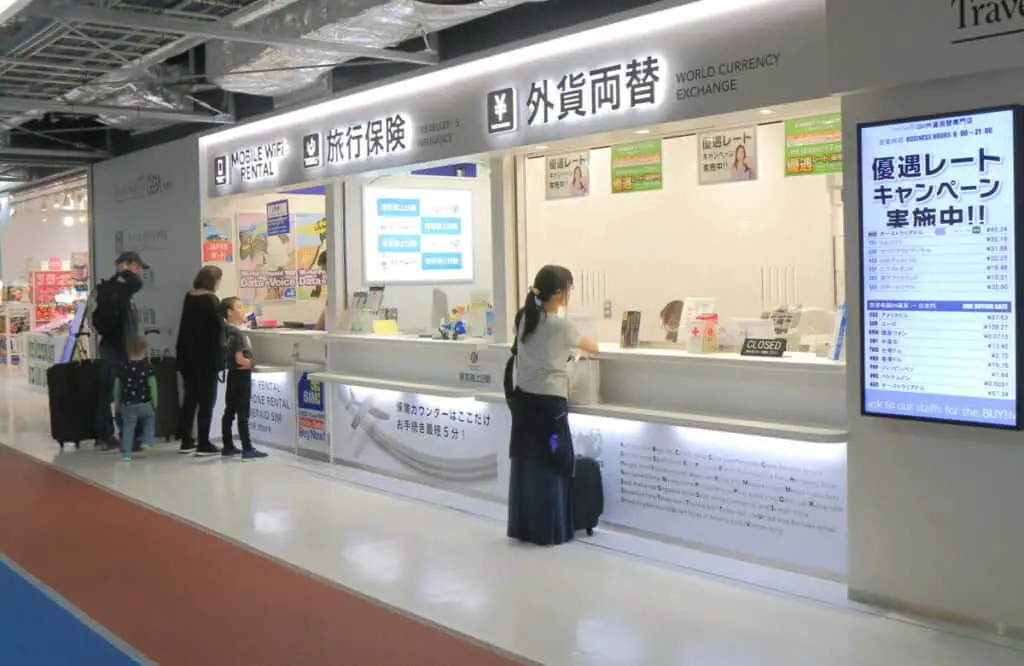
Make sure to check if there are any extra fees as you will need to take these into account as well as the exchange rate that they are offering.
If you are unsure about whether or not you are getting the best deal look around and compare how much you can get for a certain amount of your home currency.
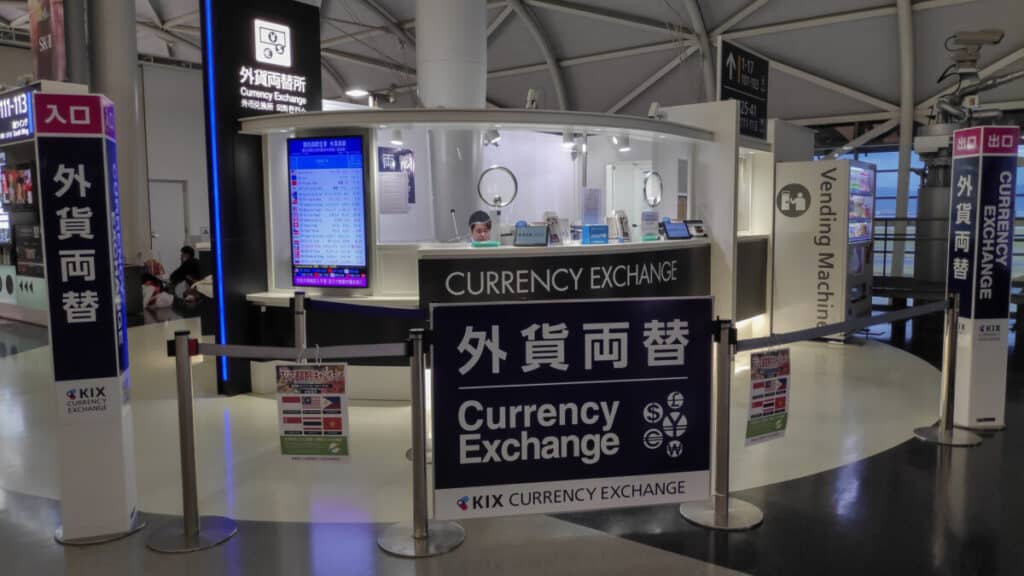
Exchange rates are always fluctuating, but you’ll typically get a better deal once in Japan. The best conversion rate is usually found at banks (or on your own credit cards).
What does Japanese yen coins look like?
When handling the Japanese Yen, just like any other currency, it is important that you know what the banknotes and coins look like.
After all, you do not want to be handing over a large amount of money thinking that it is a smaller valued bill. You will want to keep on top of your spending and not expose large amounts of cash making yourself a target for fraud. The best way to do this is to familiarize yourself with the money.

- 1 yen coin
- 5 yen coin
- 10 yen coin
- 50 yen coin
- 100 yen coin
- 500 yen coin
The 500 yen coin
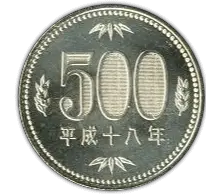
This coin is actually the most modern coin in circulation. This coin is currently the heaviest and the largest of all of the Japanese yen coins in use.
For a rough idea of value, many bento boxes found in convenience stores can be purchased for 500 yen. If you are looking to eat for 500 yen then searching online with the phrase “one coin” will allow you to find a list of various places offering meals for 500 yen or less.
Similarly, if you want a coffee or drink from an upscale venue then this will run you around 500 yen.
The 100 yen coin
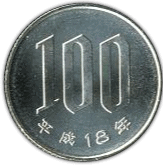
100 Japanese yen is equivalent to 1 USD. It is the most common coin in use today and is easily used with vending machines. Much like in the US, the 100 yen coin can buy you a wide range of items at McDonald’s thanks to their 100 yen menu.
If you are more spiritual in nature then keep in mind that a paper fortune will normally cost around 100 yen when visiting a temple.
The 50 yen coin
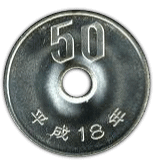
The 50 yen coin is adorned with a stamping of the chrysanthemum flower. Originally a solid coin the 50 yen coin was too difficult to tell apart from the 100 yen coin and so a newly minted version became available with a hole in the center.
For 50 yen you can normally buy pieces of sweets or drinks at a discount store.
The 10 yen coin
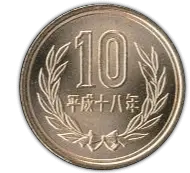
The 10 yen coin features an image of the Phoenix Hall in the Byodouin Temple. This temple, found in Kyoto, is a UNESCO world heritage site.
Although a 10 yen coin will not afford you much in Japan it is still a useful coin to have for change and vending machines.
The 5 yen coin
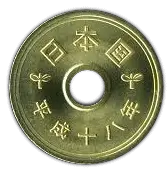
The 5 yen coin is another coin with a hole in the center as its design. These coins are said to be lucky as they are pronounced the same way as the word for “destiny” (go en).
For this reason, it is customary to make an offering in a temple with a 5 yen coin.
The 1 yen coin
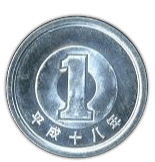
Weighing just one gram, the 1 yen coin cannot be used in vending machines or in ticket machines but they will be accepted in person. It has been claimed that it actually costs three yen to produce this one yen coin.
However, the saying “those who laugh at one yen will cry at one yen”, demonstrating that even the smallest denomination of money still has value.
Summary
Although many transactions in Japan are still conducted with cash, electronic payment is expected to become considerably more prevalent over the next decade. Credit and debit cards are commonly accepted in larger chain stores and grocery stores.
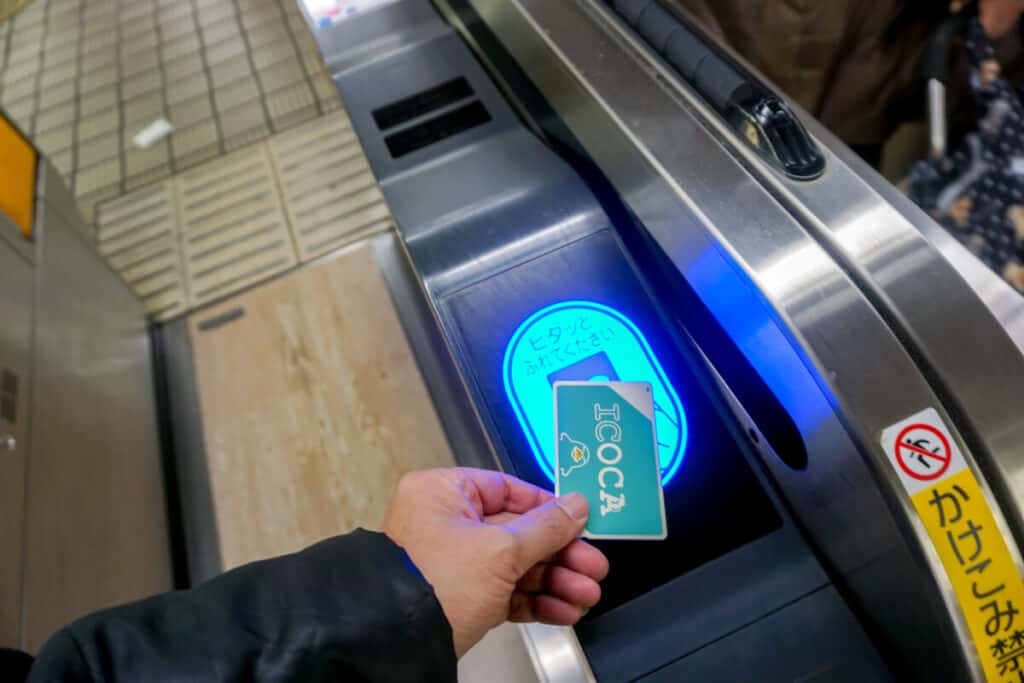
Convenience stores (Konbini) and other established businesses are now accepting electronic payments such as ApplePay, as well as a variety of domestic payment systems such as IC cards.
An IC card, sometimes known as a smartcard, is a reloadable prepaid debit card used in Japan to pay for train, subway, bus, and monorail fares, as well as e-payment at certain retail stores, vending machines, railway stations, coin lockers, parking lots, and other locations.
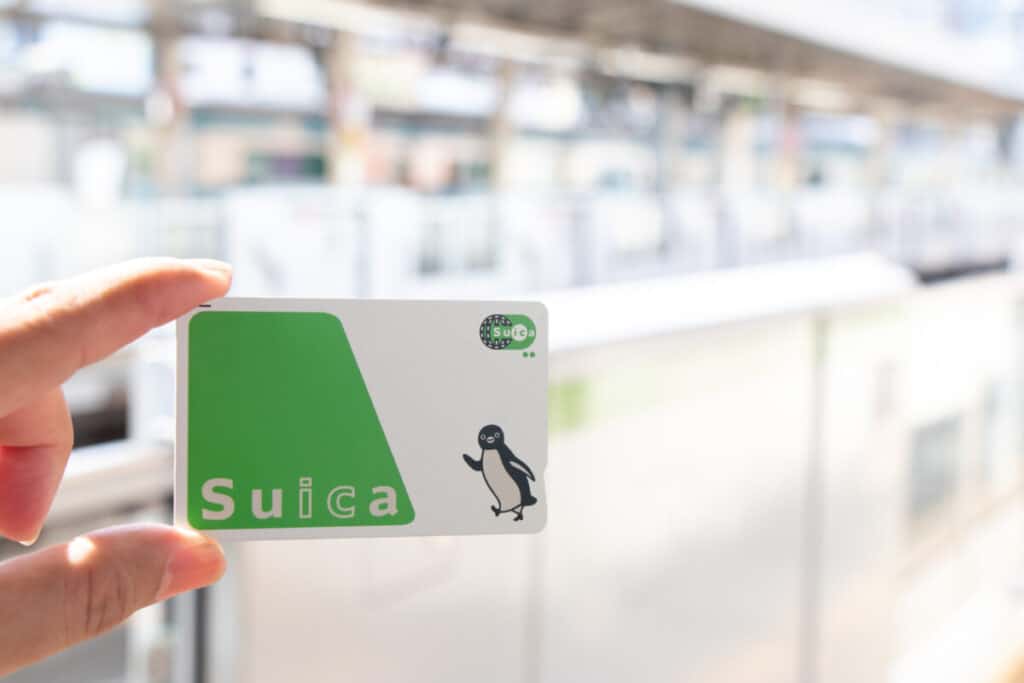
At most rail stations, the IC card may be purchased at the ticket machine or the ticket desk. When using the machine change the language to English on the screen and follow the guidelines when purchasing it through the ticket machine. A deposit of 500 yen will be required (the money will be refunded once you return the card).
For anyone interested in Japanese currency check out the Tokyo Currency Museum.
Tokyo Currency Museum Official Website
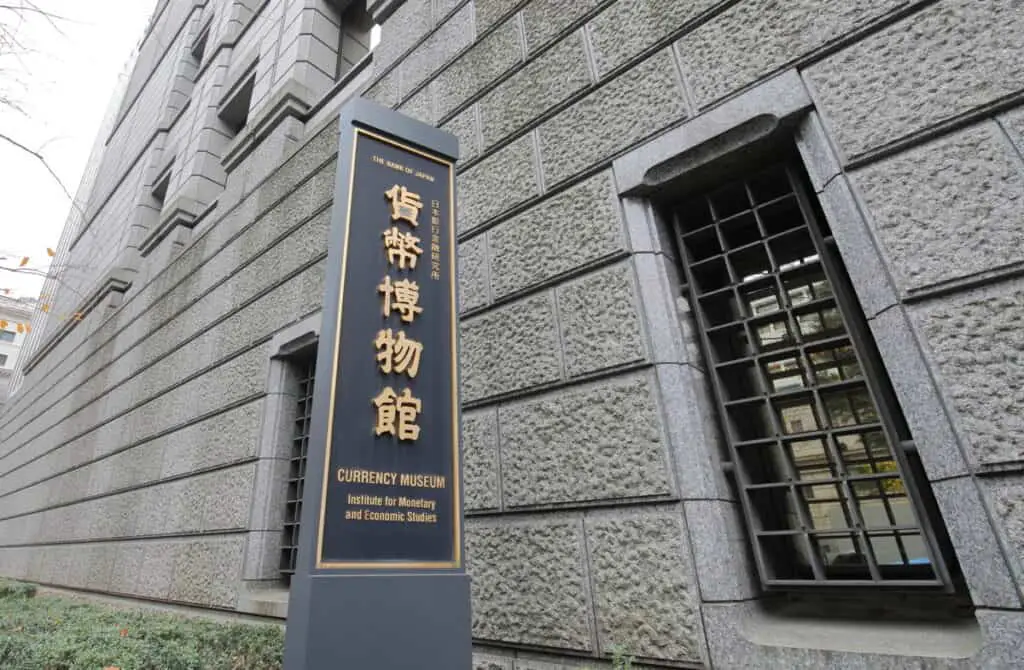
Subway
1 min. on foot from Mitsukoshimae Station on the Hanzomon Line (Exit B1)
2 min. on foot from Mitsukoshimae Station on the Ginza Line (Exit A5)
6 min. on foot from Nihonbashi Station on the Tozai Line (Exit A1)
JR
8 min. on foot from Tokyo Station’s Nihonbashi Exit

